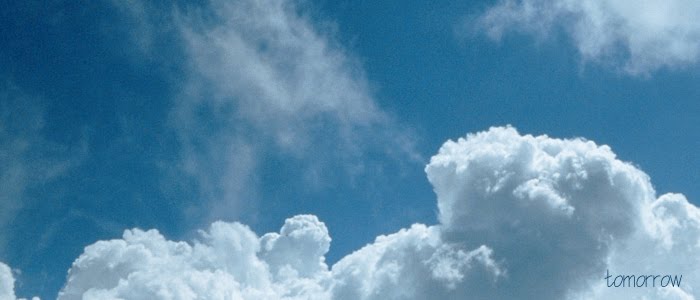After a few hours of driving and waiting the powder printed model arrived.
We have a lot of expectations. This is something we have worked so hard for, and yet with all the calculations and detailing, we are completely vulnerable now as the fate of our design is well beyond our controls, but in the hands of some machines far away from here.
What if it doesn't look good, or if it doesn't fit together? With our knowledge thus far in this area we know that if it works in computer usually it wouldn't be too far off in reality, but then being in this faculty for long enough, we also know that shit happens, very often. This is also some new experience for us, like the first time we used the large format printer or the laser cutter, the process was not gradual; it is input and output, very sudden, almost magical, if it fails the only option is to start from zero. The gap between creation and the creators.
For a few months now I have been asking myself, so how are all these relevant? We have by now tons of explainatary diagrams, photographs, models and process documentation. The book that was compiled is almost unrecognizable. Suddenly without realization we have produced so much work. But for the passersby this would read like some mythical codes only to be appreciated from a distance but never to be understood. What if it does get built, would we then have answered a lot of questions, or posted more? Will we strike some social debate? Will our form even be appreciated and treasured? I just don't know. The excitement and challenge of this way of approach to architecture is that, I guess, the inevitable gap between the architects and the finished product. Yes, We did make it, but like something organic on its own, it grows and manifests its existence in ways that are unpredictable, sometimes beautifully so, sometimes, just unpredictable. Here we have, the gap between perception and reality.
In a way, however, this unpredictability is what we really appreciate about architecture. Photos tell a lot of stories of buildings, but there are always the hidden, the symbolic and the extremely subtle qualities of the materiality itself that can only be appreciated in person. Parametrics, in this way, create a whole new depth to this subtle beauty that previously only existed on a philosophical level. We can't control the unpredictable, but we set up parameters for the materiality, the form, and the mathematical contemplations to interact with each other; they will present themselves as a unique, spectacular object.
Then there is the problem of preservation. It is one thing to preserve physically this fragile model in a well protected box; another to preserve the experiences that we gain from this project, process them, and carry onward. Is it even possible to be carried onwards? What the hell have we really learnt from this? Somewhere along the lines, the repeated precedures of complications and simplifications, somehow prevent us from remembering what it is that we have created? And more importantly, if the project does get realized, what will be preserved in the collective conscious: the form, the urban gesture, the materiality, the colour, or maybe just this big piece of the emptiness in the subconscious map? As our project gets more sophisticated and intricate, the more difficult it is to describe in words, or remember, too. Until the point when we have to call it "that thing". We then again, have to face this gap between the existence and its meanings.
Monday, November 9, 2009
Subscribe to:
Post Comments (Atom)

No comments:
Post a Comment